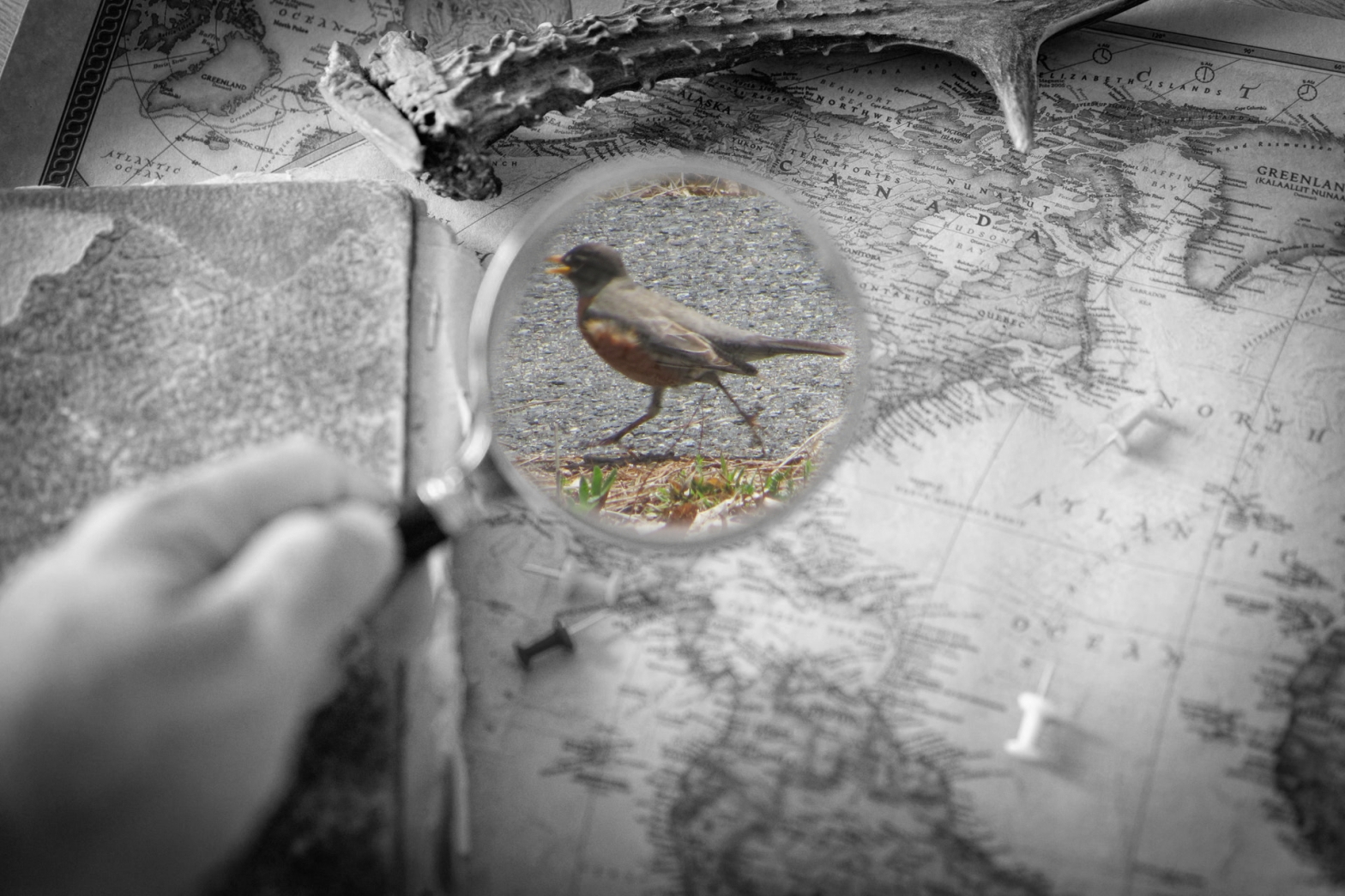Depending on where you live, the birds in your backyard may be completely different from mine. If you ever visit the New England area, we have some really cool birds like goldfinches, cardinals, blue jays, catbirds, and black capped chickadees. One of the coolest birds to see out here in the wild turkey, which I commonly equate to seeing a little dinosaur. Turkeys may be loud and flamboyant, but that just makes them more special. However, turkeys are pretty easy to identify in contrast to colorful songbirds and mysterious big birds in the sky.
To digress, when it comes to bird watching, it’s easy to make mistakes. Some birds look really similar to one another and telling the difference may come down to fine details. I’m not a professional by any means, but I have some tips for those starting out.
(For those who do live in the New England area, I highly recommend you check out Audubon’s article for commonly confused birds. Here you can notice the subtle differences between certain bird species.)
First things to look for:
- When birding, check for the shape of the body and wings. Birds in the air may look just like silhouettes, but if you can tell the shape of the wings, that can make the difference between a hawk and an eagle. For example, hawks tend to have smaller, pointed wings. Meanwhile, eagles tend to have larger wings that look like they want to give somebody a hug.
- When it comes to identifying birds, size is also good to note. All about birds is a great site that provides a size identification chart for many avian species.
- Color and complexion! Some birds are more muted colors while others are bright and more noticeable. Additionally, the colors of a bird can often help determine gender differences. As seen with cardinals, the male is typically a bright red color while the female has more brownish tones.
- Keep note of the habitat of a bird. Where did you spot it? The birds you find inland are likely to be different from the ones found at shore.
More advanced identification techniques:

- How a bird sounds is so important. If you hear a “caw!” you know it’s more likely to be a crow than a robin. However, learning songs can be tricky. It is a skill that must be trained by carefully listening and remembering. I definitely recommend checking out bird sound identification videos on YouTube.
- (A side note for sounds): If you can determine the general onomatopoeia or phonetic spelling of a bird’s sounds, this definitely assists with identification. When I spotted a laughing gull for the first time, noting that its call sounded like “ha ha ha” was extremely helpful for learning what it was.
- Learn bird anatomy! This again is a skill that’s developed overtime, but being able to identify the coloration of specific parts of birds is more effective than broad generalizations.
Overall, bird watching is not only educational, but a fun activity that can be shared with friends and family. Birding is critical for identifying the population sizes of bird species so that we may adequately determine which bird groups need more help than others. If you already enjoy birding and want to help scientists, please consider contributing to the Christmas Bird Count.
Thanks for reading.
Sources:

Great tips! I didn’t know most of these distinctions, such as identifying hawks vs eagles. Now’s a better time than any to start a new hobby. I go on a lot of nature walks so might pick up birdwatching! I’m not sure if it’s just because it’s spring but I’ve been noticing a lot more birds flying about than other times.
LikeLike
It’s very impressive to me how people can identify birds by just looking at them. I didn’t know just how many things had to be considered when trying to identify one! I wish I had the patience required to bird watch. I think I would just get distracted by too many things.
LikeLike
Great post! I’m not very familiar with birds as a whole so this was super informative. I thought it was interesting how you included a section based on the sounds the birds make because you be honest I really wouldn’t know the difference. I knew there was ways to tell birds apart through their appearance but it was interesting to learn that they make different sounds as well. Oh, and I also love that you like to call turkeys little dinosaurs.
LikeLike
I should show this one to my mom! One morning she heard this bird outside making a “twirly” noise, and she was looking through her bird books trying to figure out what it might have been, but with no luck. Maybe your tips can help her figure out what the twirly bird is! Fun read, thank you! ❤
LikeLike